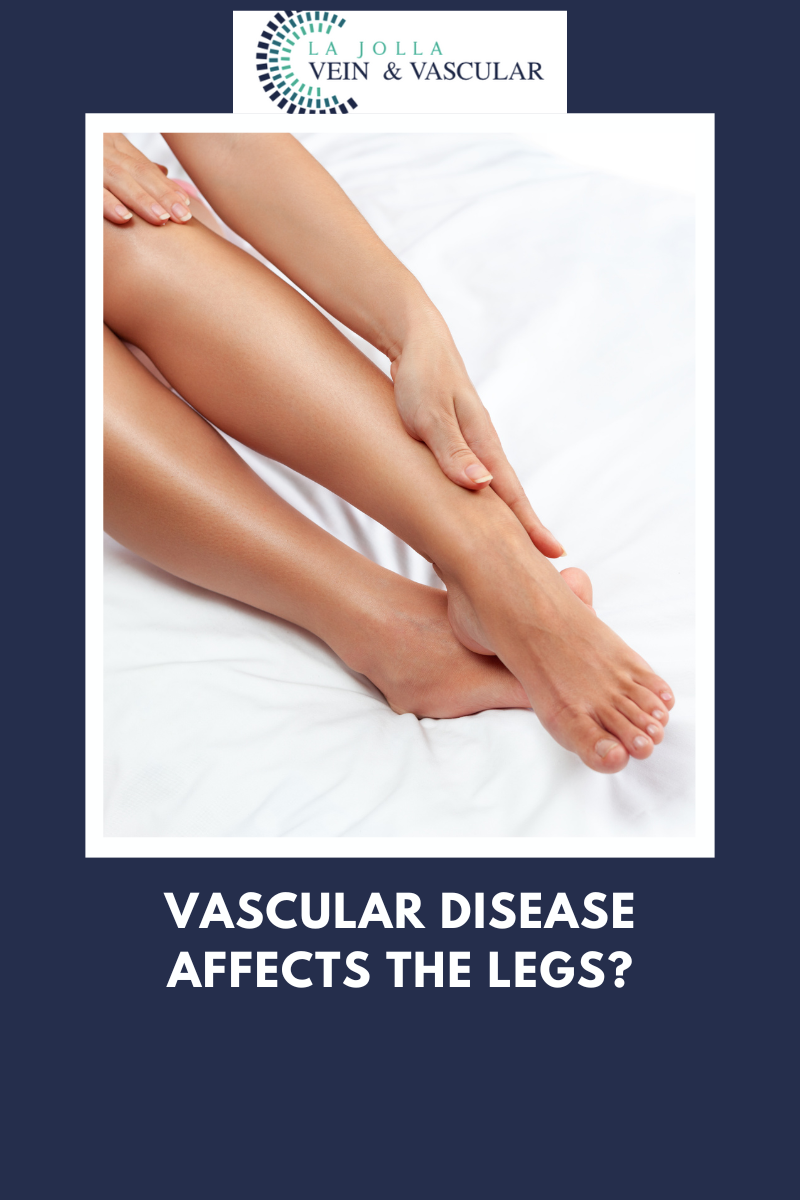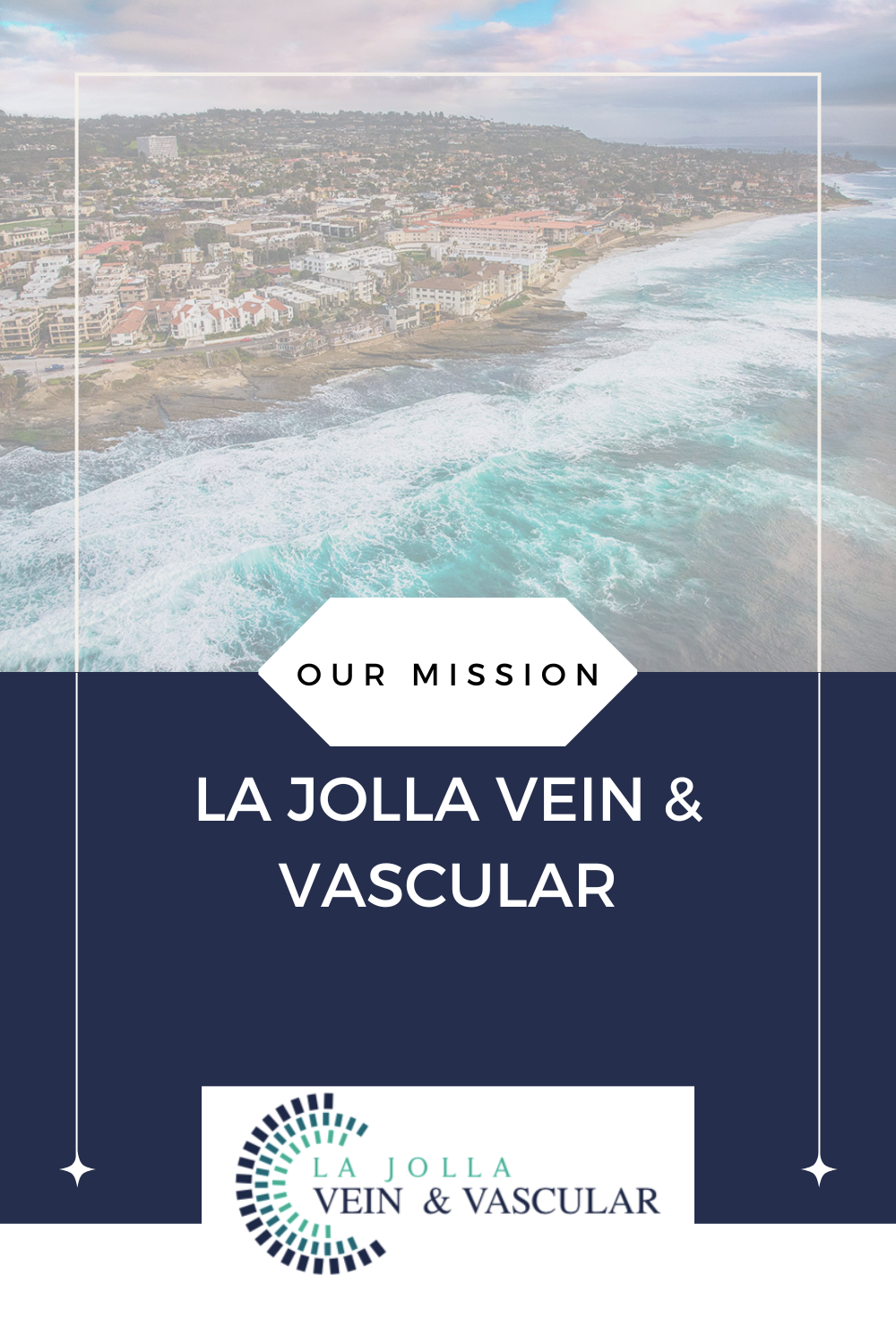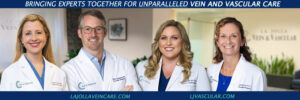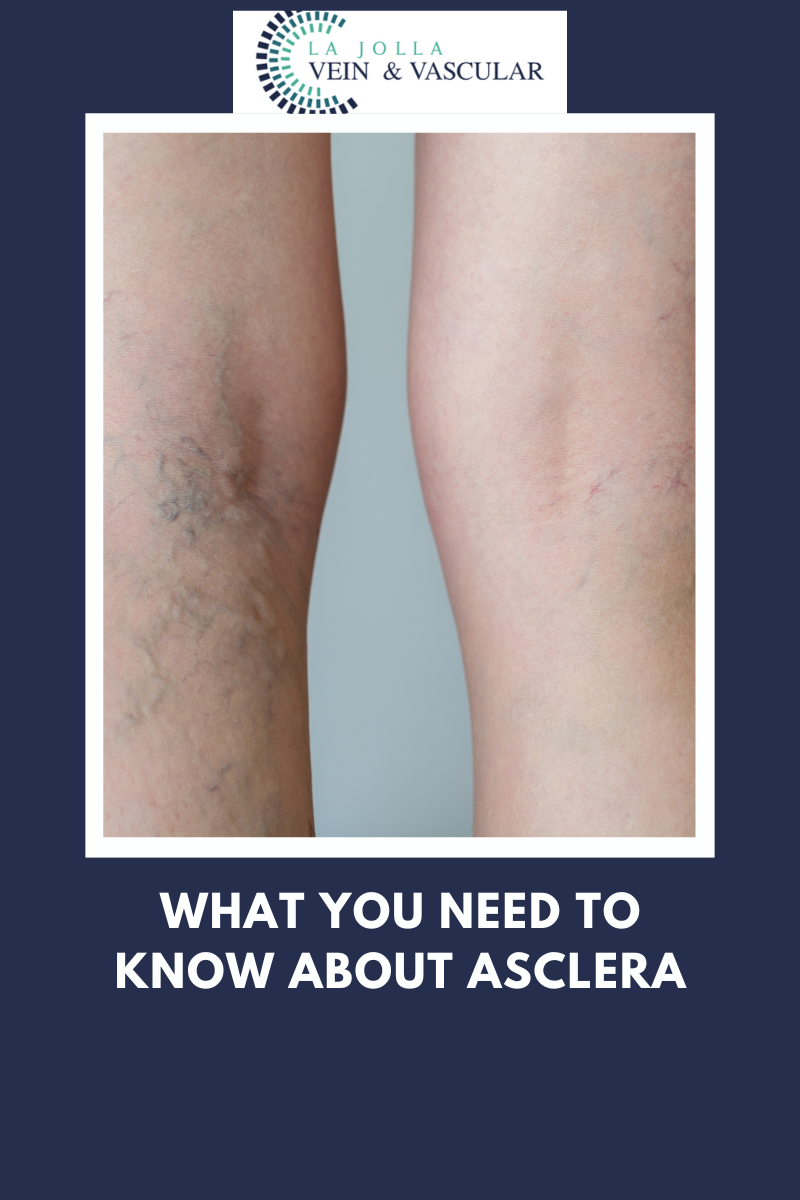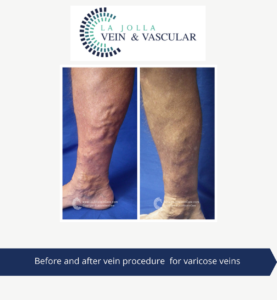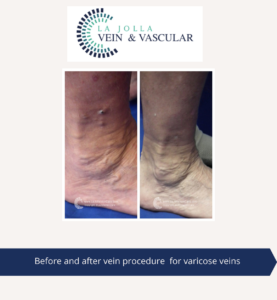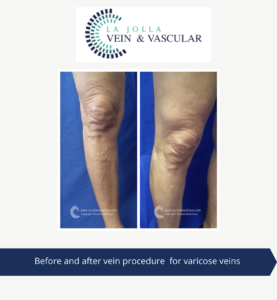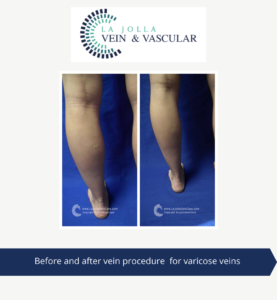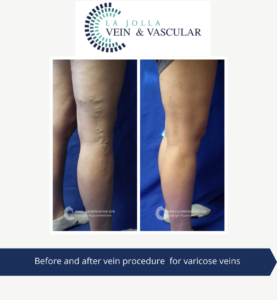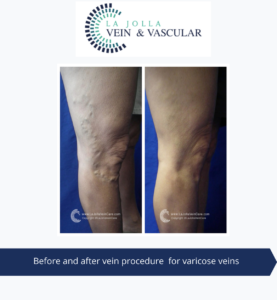Vascular Disease Affects the Legs?
LJVascular2023-05-25T16:57:10-07:00Our physicians have specialized training in the diagnosis and treatment of vascular disease. They have even further specialization in vascular conditions affecting specifically the legs, feet and pelvis. The most common types of vascular conditions affecting the legs and pelvis are peripheral arterial disease (PAD)and venous insufficiency and varicose veins, but there are other conditions that vascular specialists deal with every day. These include varicose veins in the testes for men, called varicocele, and varicose veins in the pelvis of women, causing a collection of symptoms referred to as Pelvic Congestion Syndrome. Other vascular conditions we treat include May-Thurner Syndrome, geniculate artery embolization for chronic knee pain and uterine fibroids (which are vascular tumors).
Your vascular system is your body’s network of blood vessels. It includes your
• Arteries, which carry oxygen-rich blood from your heart to your tissues and organs
• Veins, which carry the blood and waste products back to your heart
• Capillaries, which are tiny blood vessels that connect your small arteries to your small veins. The walls of the capillaries are thin and leaky, to allow for an exchange of materials between your tissues and blood.
Vascular diseases are conditions which affect your vascular system. They are common and can be serious. Many can be treated without surgery or with endovascular techniques. Some types we treat include:
Aneurysm – a bulge or “ballooning” in the wall of an artery
Atherosclerosis – a disease in which plaque builds up inside your arteries. Plaque is made up of fat, cholesterol, calcium, and other substances found in the blood.
Blood clots, including deep vein thrombosis
Varicose veins – swollen, twisted veins that you can see just under the skin
“Bringing Experts Together for Unparalleled Vein and Vascular Care”
La Jolla Vein & Vascular (formerly La Jolla Vein Care) is committed to bringing experts together for unparalleled vein and vascular care.
Nisha Bunke, MD, Sarah Lucas, MD, and Elliot DeYoung, MD are specialists who combine their experience and expertise to offer world-class vascular care.
Our accredited center is also a nationally known teaching site and center of excellence.
For more information on treatments and to book a consultation, please give our office a call at 858-550-0330.
For a deeper dive into vein and vascular care, please check out our Youtube Channel at this link, and our website https://ljvascular.com
For more information on varicose veins and eliminating underlying venous insufficiency,
Please follow our social media Instagram Profile and Tik Tok Profile for more fun videos and educational information.
For more blogs and educational content, please check out our clinic’s blog posts!

